Dubbed the “King of Street Food” in China’s mountainous megacity, Chongqing Suan La Fen (重庆酸辣粉) is more than a bowl of noodles—it’s a 1,700-year-old cultural icon. This spicy-sour rice noodle dish, recognized as part of China’s Intangible Cultural Heritage, combines the boldness of Sichuan peppercorns, the tang of aged vinegar, and the silkiness of handmade sweet potato noodles. Here’s why this ¥40 billion industry deserves a spot on every food lover’s bucket list.
From Humble Beginnings to Global Fame
Born in Chongqing‘s 17th-century docks, laborers created this dish using cheap红薯粉 (sweet potato starch noodles) and fiery spices to combat the Yangtze River’s damp chill. Legends trace its origins even further back to the Three Kingdoms era (220–280 CE), when Liu Bei, Guan Yu, and Zhang Fei celebrated their brotherhood with a symbolic meal of “sweet, sour, bitter, and spicy” flavors. By the 1980s, street vendors perfected the recipe, and today, over 84,000 shops serve 1.3 million bowls daily across Chongqing.
The Anatomy of Authenticity
1.The Noodles:
Made from红薯粉 (sweet potato starch), the noodles are hand-pulled through bamboo sieves for a Q弹 (chewy) texture. Two variants exist: “水粉” (fresh noodles boiled on-site) and “干粉” (dried for convenience).
2.The Broth:
A complex blend of aged bone broth, Baoning vinegar (a 500-year-old recipe from Sichuan), and chili oil infused with 20+ spices like clove and star anise.
3.Toppings:
Crunchy fried peanuts, pickled mustard root, tender braised pork, and fresh herbs like cilantro and scallions add layers of texture.
Pro tip: Locals judge authenticity by the “Three Tears Test”—sweating (forehead), tearing up (eyes), and sniffling (nose).
Why It’s a UNESCO-Worthy Experience
- Cultural Symbolism: The dish embodies Chongqing’s resilience—its fiery heat mirrors the city’s unyielding spirit, while communal street-side dining fosters connection.
- Health Benefits: Rich in fiber and vitamins from红薯粉, it aids digestion and boosts immunity. Traditional Chinese medicine praises its ability to “expel dampness” in humid climates.
- Modern Innovations: Brands like Liu Yishou now offer vegan and low-sodium versions, while pre-packaged kits ship globally via China’s New International Land-Sea Trade Corridor.
How to Eat Like a Local
- Timing: Breakfast (7–9 AM) ensures the freshest chili oil.
- Custom Orders: Use phrases like “wei la” (mild spice) or “bu yao suan” (no garlic) to tailor your bowl.
- Pairings: Balance the heat with bingfeng (sweet fermented rice drink) or chrysanthemum tea.

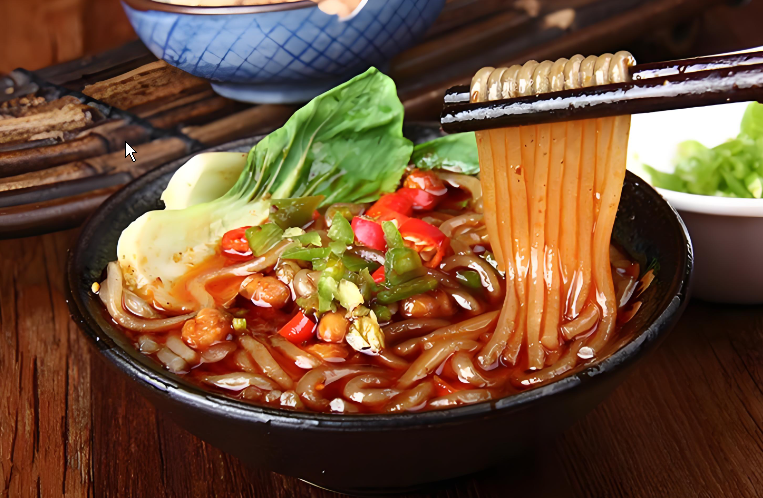
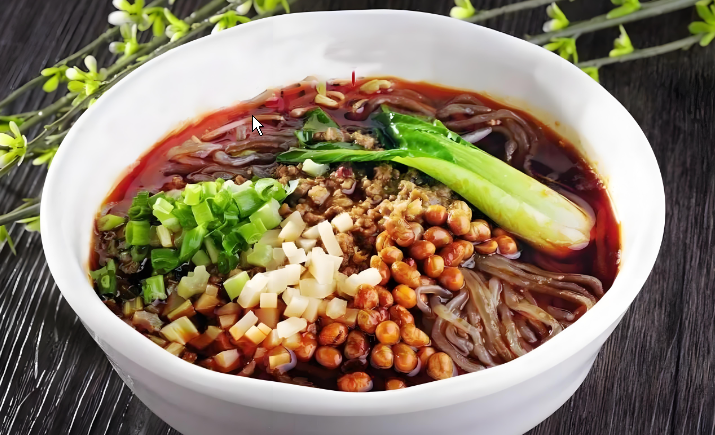
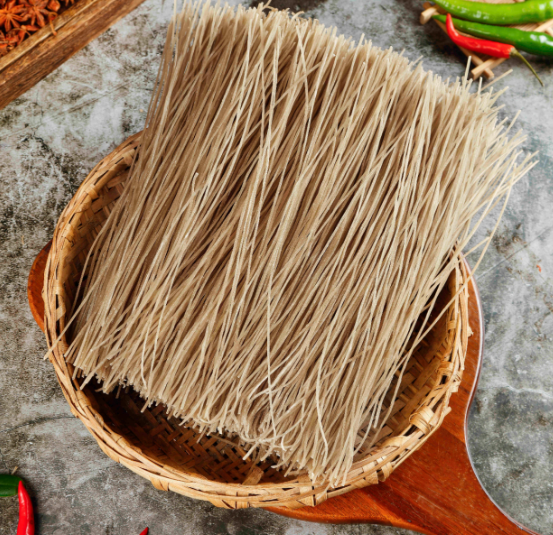
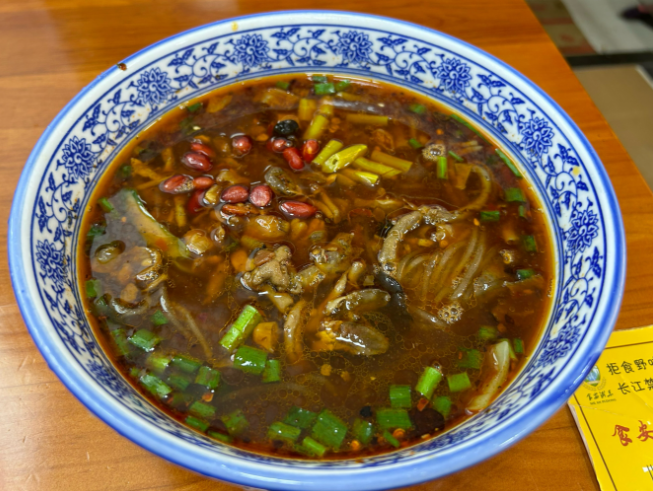

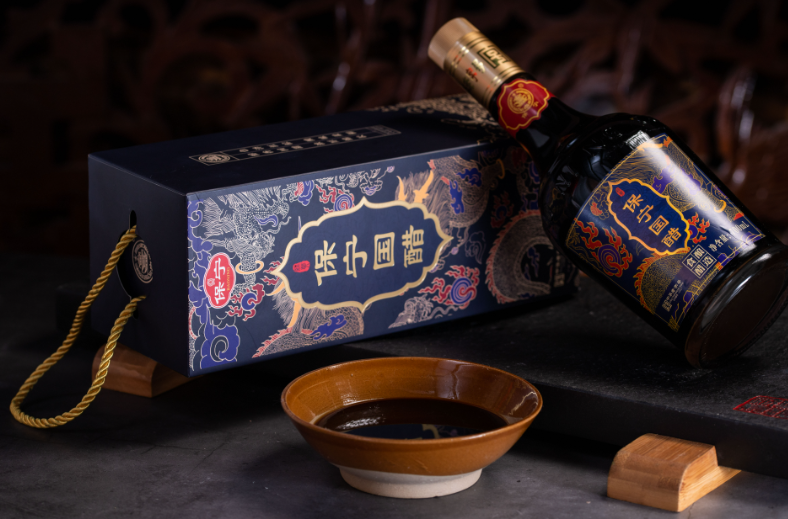
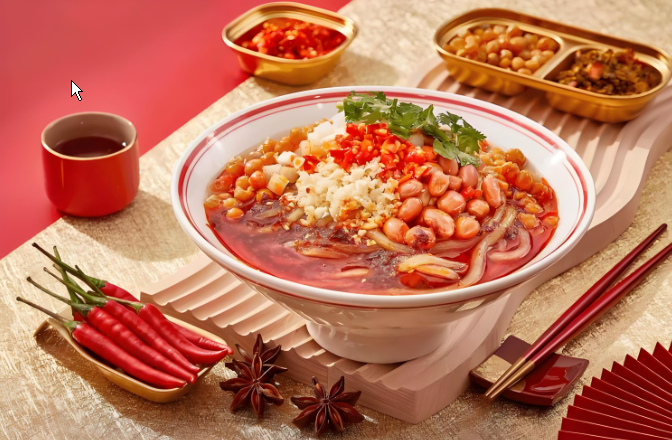












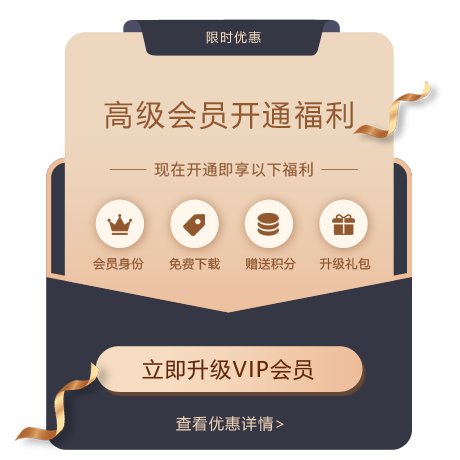
No comments yet